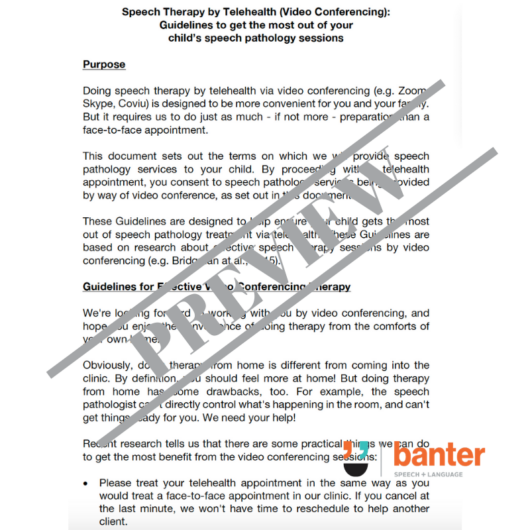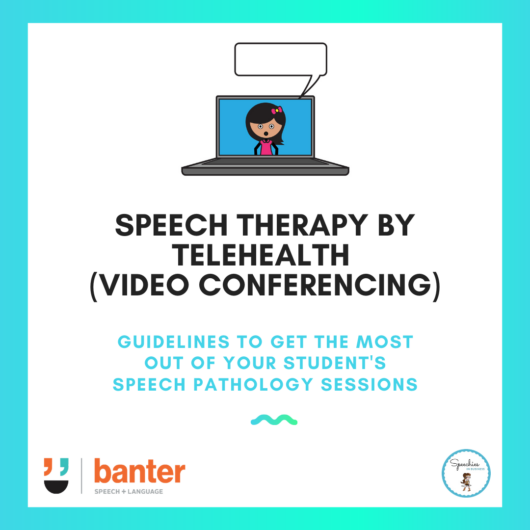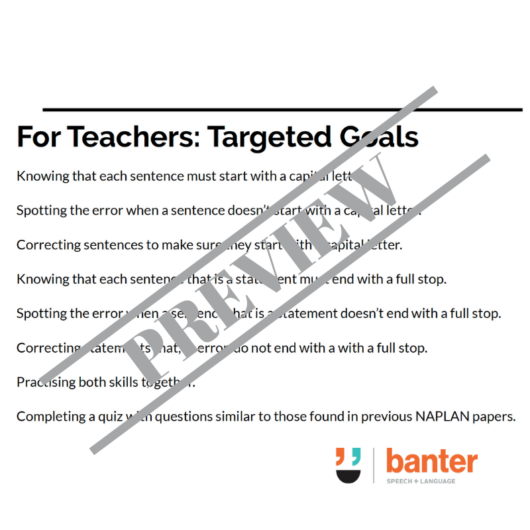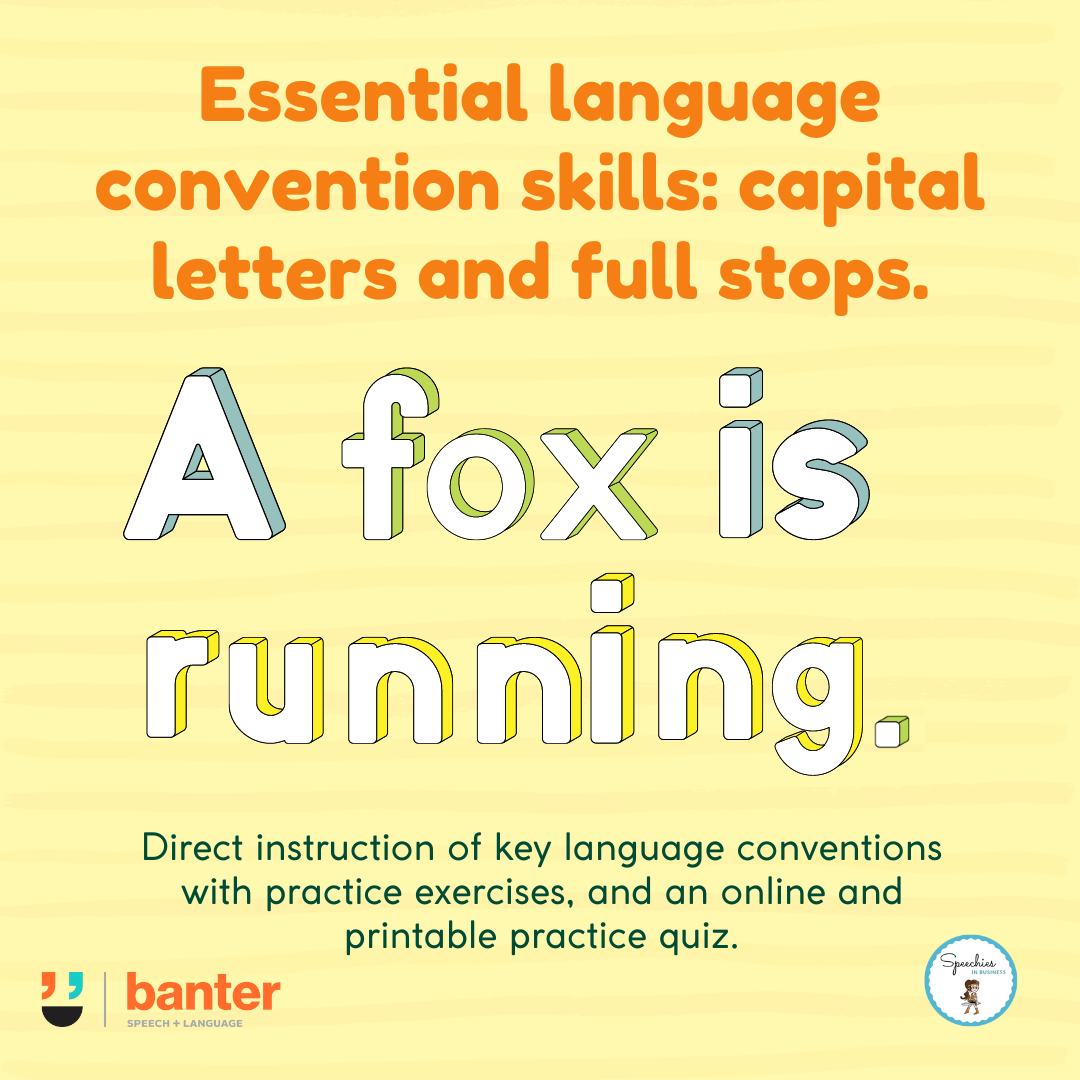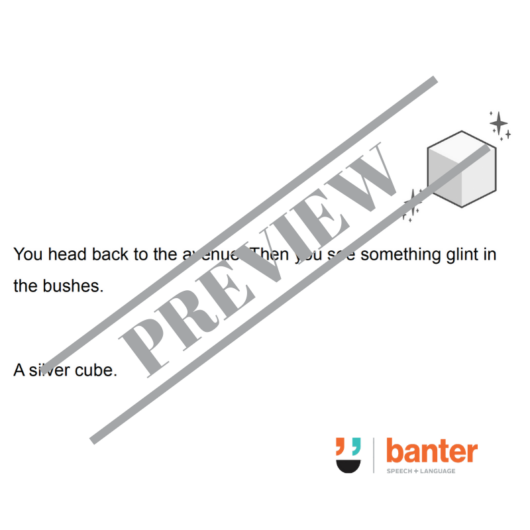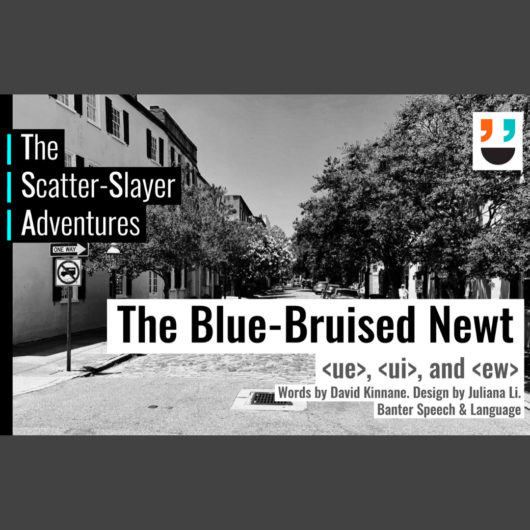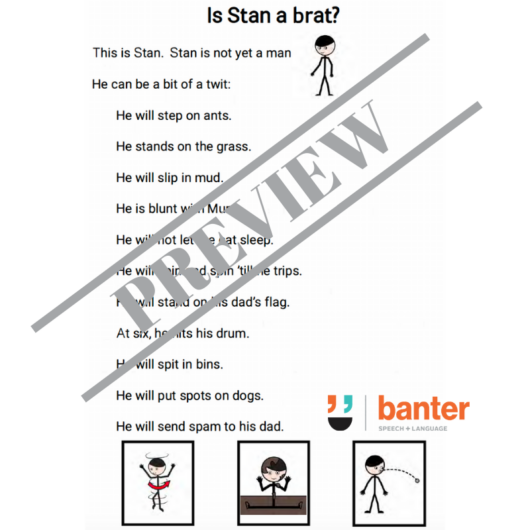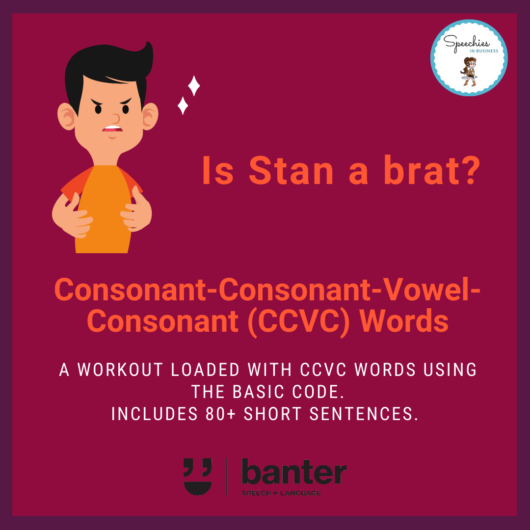Description
Some people think that written English is too irregular and difficult to teach in an organised way, with far too many words (520 million – 2+ billion words!), and 461 possible mappings between letters and sounds.
This view ignores pattern and word frequencies:
-
- a large proportion of written English is highly regular and can be read with knowledge of only around 64 high frequency grapheme-phoneme correspondences (GPCs); and
- English word usage obeys “Zipf’s Law”: a small number of words occur very often, with just 100 words accounting for about 50% of written English.
The science tells us that:
-
- early literacy teaching should start with letter-sound relationships, and teach them in an explicit, organised, and sequenced manner (systematic phonics);
- beginners should be taught to sound out each phoneme (speech sound) in a word and then to blend them together to pronounce the word (synthetic phonics);
- for beginners, each grapheme (letter or letter combination corresponding to a speech sound) should be translated into its corresponding speech sound (phoneme) and then blended to produce the word (word decoding); and
- with knowledge of the 64 GPCs and the 100 high frequency words, students can read around 90% of monosyllabic words used in written English.
Taken together, this evidence suggests that teaching beginning readers:
-
- the 64 high frequency GPCs;
- how to decode letters and blend speech sounds together to make words; and
- a small set of high frequency, irregular sight words,
is a great way to help students with their early reading development.
In this free video modelling resource, we introduce high frequency GPCs following a sequence aligned with the popular Sounds Write synthetics phonics program. We introduce the GPCs in small groups, starting with <a, i, m, s, t>.
Each video includes a model, followed by a grapheme review to check for knowledge and recall. Each subsequent video builds on the last by introducing a new group of sounds, and then reviewing all sounds previously introduced.
For more on how early letter-sound relationships, check out our free articles:
Here’s an example of one of the videos:

Available as a PDF and Google Slide document.


